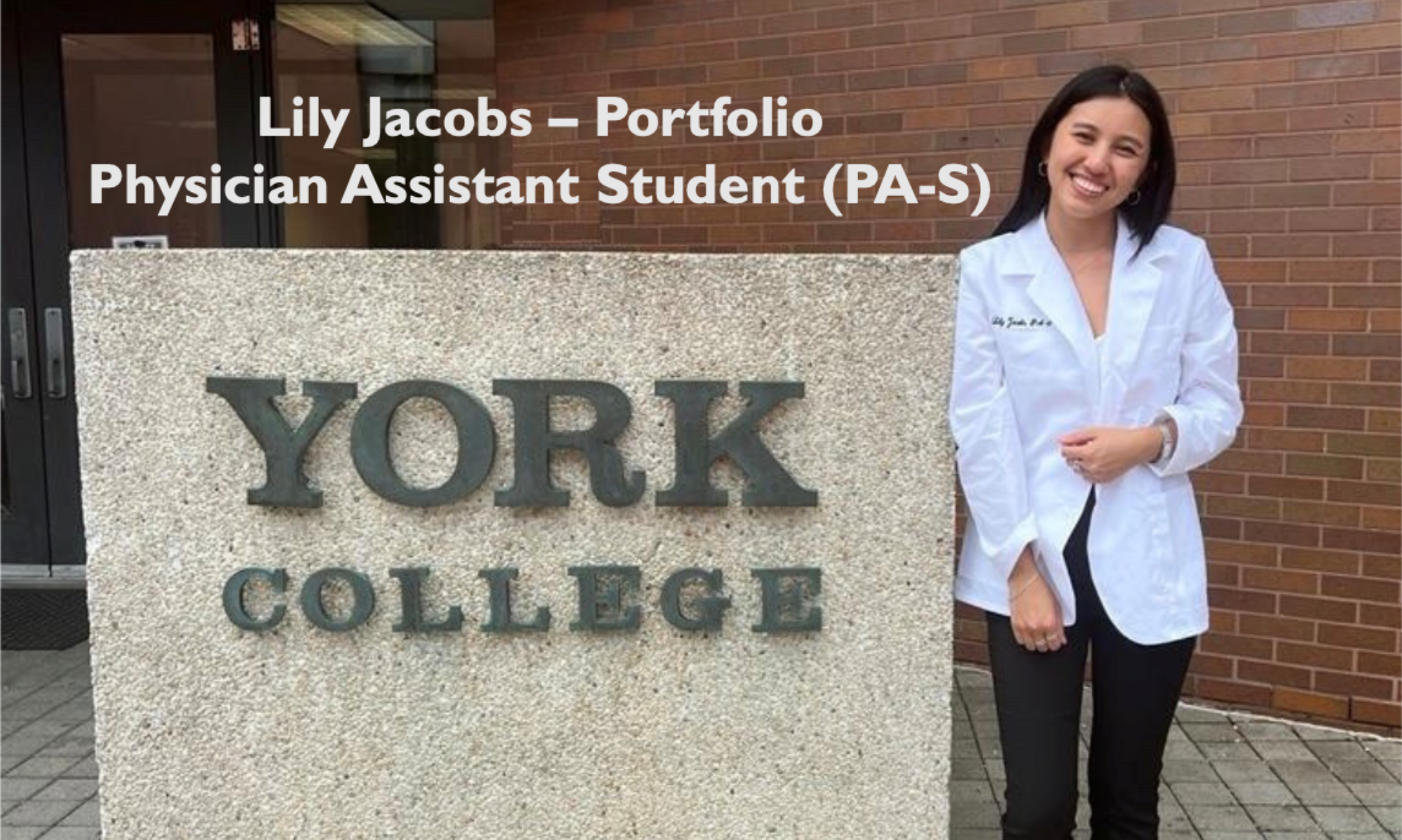What differences do you note between the two H&Ps?
A significant difference between writing my H&Ps in this last semester compared to spring semester (PD1) was the inclusion of an assessment, differential diagnosis list, and plan. At the beginning, I struggled a bit on how to properly document those three sections and it shows in my first H&P. My format for the assessment and differential diagnosis list was incorrect, and my plan was incomplete and unclear. When I was writing my last H&P for a patient I saw in the emergency department, I found it was much easier to write because I had a better understanding on the purpose of each section, what information needed to be included, and how to document and format each section in a clear way so that it had a logical flow.
In what ways has your history-taking improved? Are you eliciting all the important information?
Overall, I feel confident in my history-taking skills. Being able to interact with different patients throughout the semester has strengthened my ability to elicit the information I need by hitting all the components of OLDCARTs when relevant, feeling comfortable asking the uncomfortable questions, identifying the pertinent positives and negatives, being attentive and sensitive towards the patient throughout the conversation, and guiding patients back to the conversation if they go on a tangent.
In what ways has writing an HPI improved?
My H&Ps have become more concise and well structured. There are still some situations where the patient has two different complaints and I am unsure of the relevance to the chief complaint or if it should be included in the HPI, but overall I feel that the flow and completeness has improved.
What is your self-assessment of your current skill in performing a physical exam? Which areas do you feel strongest about/weakest about?
I feel competent and prepared to conduct a full physical exam now that all the areas have been covered in class. In this section of the course, I feel strongest in the musculoskeletal system and weakest in the neurologic exam, specifically the cranial nerve exam. At my last hospital visit in the emergency room, a patient came in complaining of symptoms of vertigo and my preceptor had asked me to briefly explain to him what parts of the cranial exam I would perform. I found it was more organized for me to start from the first cranial nerve and work my way through, but with more practice, I hope to be able to proficiently recall the tests in any order and in a timely manner
Of course we expect you to get stronger in all areas, but which of the specific areas will you target as needing particular focus in future patient visits when you start the clinical year?
One area that I need to improve on is time efficiency, especially since my first rotation is in the emergency department. For school, I was able to organize how I would examine the patient beforehand so that I could complete the whole exam in under 20 minutes. However, in clinicals the method of examining a patient is constantly changing because it will depend on the patient’s chief complaint. I hope that as I work through my first rotation, adjusting my exam sequence in the most efficient way will become second nature. To best prepare myself, I plan to review and practice each part of the exam before my rotation so that I don’t omit anything or have to take time to remember what the next steps are.


